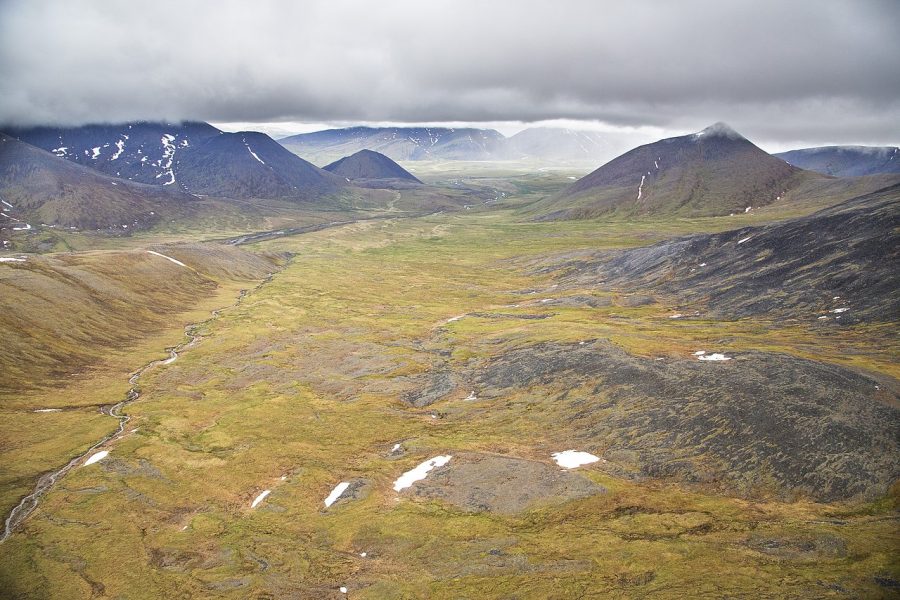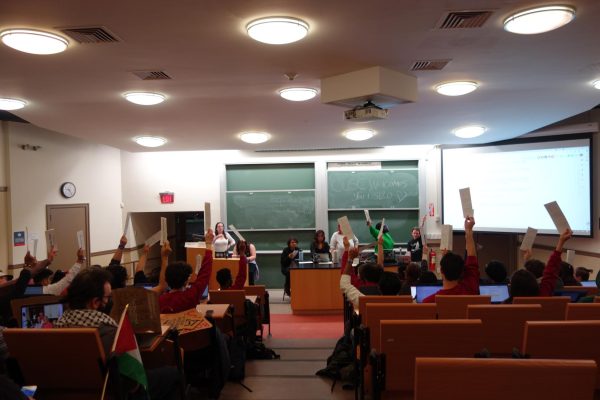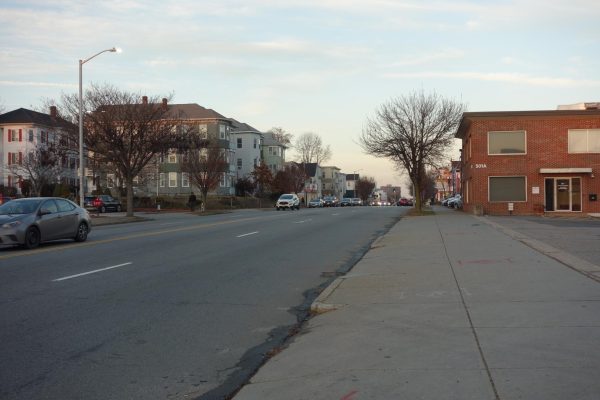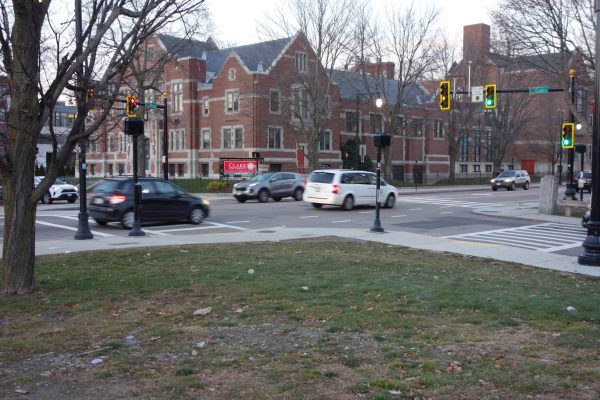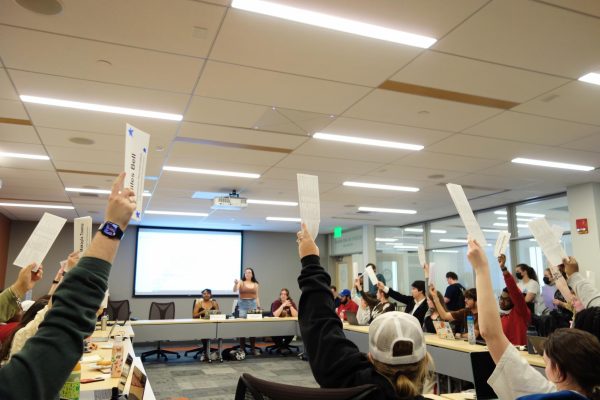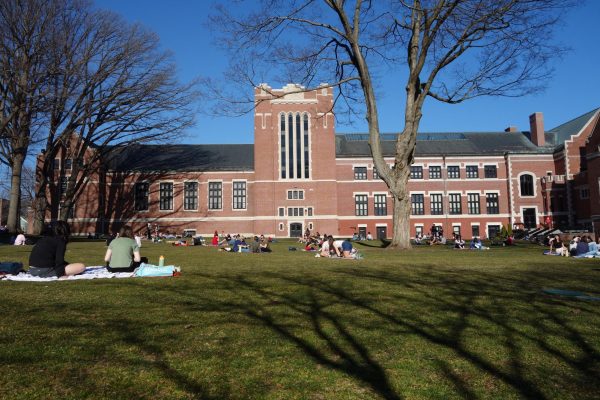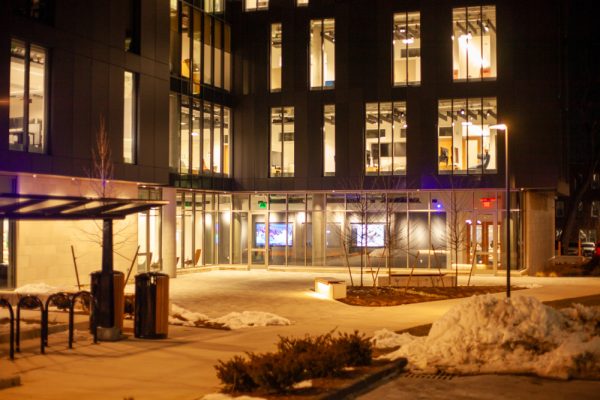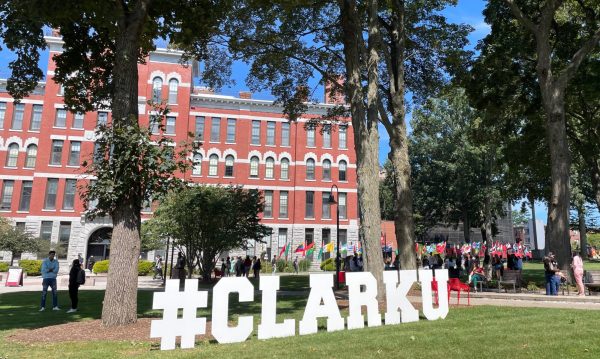President Biden, Federal Agencies Clash Over Controversial Willow Project
This month, the Biden Administration approved the Willow Project, a proposed oil drilling project in Alaska, but reduced the initial request from five drill sites to three. This approval comes after a debate between Alaskan politicians; ConocoPhillips, the crude oil and gas company that proposed the project; and environmentalists, over whether the project would have a net benefit for the country’s economy and environment.
The Biden Administration announced that it will protect 16 million acres from potential future oil and gas drill sites akin to the Willow Project in the state of Alaska. ConocoPhillips will also be required to return 68,000 acres of land to “create a buffer” for caribou migratory routes.
ConocoPhillips originally proposed a project to extract oil from several sites in northern Alaska’s oil-rich North Slope region.
Since February, the Biden administration has been deliberating over ConocoPhillips’s proposition, dubbed the Willow Project. The primary debate was between supporting the oil companies and local indigenous peoples such as the Yup’ik and the Iñupiaq who tend to support the project and environmentalists who oppose it.
Doreen Leavitt, director of natural resources for the Inpiat Community of the Arctic Slope, argues that the Willow Project will generate funds necessary to improve schools and other infrastructure. According to AP News, three leaders in the Nuiqsut community wrote a letter to Interior Secretary Deb Haaland asking her to suspend the project.
According to ConocoPhillips, the project could generate billions of dollars in revenue.
When the Willow Project was first proposed, Conocophillips had presented five drilling sites in the region, which is located on a 22-million-acre federal oil reserve and could produce nearly 180,000 barrels of oil per day. The U.S. Bureau of Land Management reduced this to an alternative of three sites. In response, the U.S. Department of the Interior issued a statement on 2/1 expressing “substantial concerns” about the project.
Alaska’s North Slope region currently produces roughly 499,700 barrels of oil per day. The added Willow Project would mean that Alaska would account for 1.5 percent of U.S. crude oil production.
There is “such consensus in the region and across Alaska that this project is a good project,” U.S. Rep. Mary Peltola (D) of Alaska, said. Peltola, who is Yup’ik, added that she believes the Willow Project could benefit surrounding communities. Peltola told AP news that she hoped to make a case to Biden that the project would create “well-paying union jobs.”
According to ConocoPhillips, the Willow Project is projected to generate 2,500 temporary construction jobs and up to 300 permanent jobs in the Nuiqsut area.
Not all indigenous communities support the Willow Project. Rosemary Ahtuangaruak is the Mayor of the City of Nuiqsut, a town of roughly 525 people located closer than any other community to the Willow Project’s proposed location. Ahtuangaruak is concerned about how the project will affect caribou and, in turn, the people of Nuiqsut.
Some Alaskan residents prefer Alternative E, one of the options presented and preferred by the Bureau of Land Management. In Alternative E, only three drill sites and four drill site pads would be approved, which would limit the site’s “gravel footprint.”
According to the Willow Master Development Plan, Alternative E is intended to “reduce the amount of surface infrastructure…and reduce the impacts to identified yellow-billed loon nests.”
These loon nests, which under the other alternatives would be endangered by the oil drilling, are one of the primary concerns listed by the Bureau of Land Management in addition to greenhouse gas emissions that could damage the flow of ice sheets and the status of nearby wetlands.
Lisa Pekich, director of village outreach for ConocoPhillips Alaska, said that the company “consulted with community members, federal resource agencies, state and local governments and Alaska native entities” over the course of 35 meetings in 2018 alone. She said the meetings were meant to “gather input about how to minimize the potential impacts of our planned operations while maximizing opportunities for community benefit” in 2019.
Alaska North Slope Crude oil, the oil that originates from the North Slope area that ConocoPhillips will extract from, is a Class III or Class C oil. According to the EPA (Environmental Protection Agency), this oil is “viscous, sticky or tarry, and brown or black.” It is denser than water and cannot easily be washed away or cleaned.
While less toxic than Class B and A oils, Class C oil can smother or drown wildlife if they are contaminated with it.
The Bureau of Land Management estimates that everything from vehicle tailpipe exhaust to the “downstream combustion of oil that would be produced by the project” will result in direct greenhouse gas emissions.
ConocoPhillips also says that they are “committed to environmentally and socially responsible development.”
They claim in their plan for the “net-zero energy transition” that they have “short, medium, and long-term goals to reduce emissions.”
The total greenhouse gasses released by the project over a twenty-year period would amount to anywhere from 209,046 to 214,300 metric tons. 214,300 metric tons is equivalent to 46,175 gasoline-powered passenger vehicles driven for one year.


